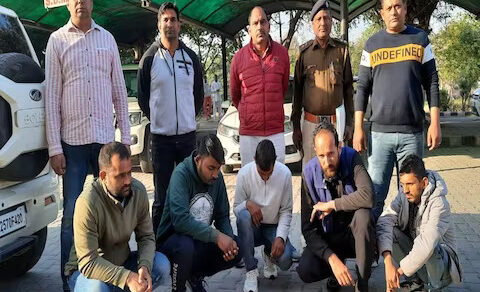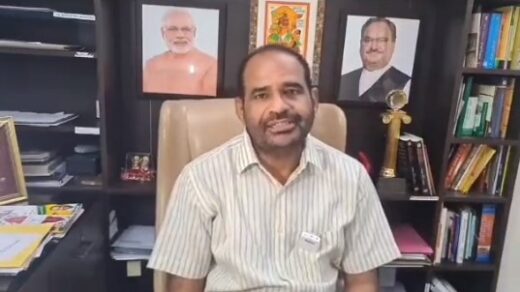One dollar was worth Rs55.6 on May 22, 2013. Towards the end of August 2013, it had crossed Rs69, in daily trade.During this period, a lot of famous Indian personalities took to Twitter and equated the fall to the nation losing face. Earlier this week, the dollar crossed Rs69 again. But this time around, the country doesn’t seem to have lost any face.
Consider the reasons behind the rupee losing value against the dollar. In the aftermath of the financial crisis that broke out in September 2008, the Federal Reserve of the US, started “quantitative easing”. The Fed printed dollars to flood the financial system with more money and drive down interest rates. The hope was at lower interest rates, people would spend, businesses would expand, and the economy would recover.
While that happened to some extent, what also happened was that large financial institutions borrowed money in dollars at low interest rates and invested them in stock and bond markets across the world. The Fed has now made it clear that it is in the process of gradually withdrawing these dollars which it had printed. With this, the interest rates in the US are expected to go up.
At higher interest rates, it doesn’t make sense for many large financial institutions which had borrowed and invested, to stay invested in India and other parts of the world. This is why the foreign institutional investors have sold stocks and bonds worth Rs61,104 crore, from April 2018 onwards.
They need to convert these rupees into dollars, in order to repatriate their money. This increases the demand for the dollar and pushes down the value of the rupee. On April 2, 2018, one dollar was worth Rs 65.1. Now it’s worth close to Rs 69.
This is pretty much a global phenomenon. Currencies like the South African rand, the South Korean won, the Thai baht, the Indonesian rupiah, the Chinese yuan, etc., have all lost value against the dollar. Also, as long as the Fed continues to suck out the printed dollars and increase interest rates, this phenomenon is expected to continue. Only a recession in the US can reverse this.
As on June 29, 2018, the price of the Indian basket of crude stood at $76.4 per barrel. In 2017-2018, the price had averaged at $56.4 per barrel. India’s dependence on imported oil has gone up over the years. In 2017-2018, it stood at 82.8%. During April-May 2018, it increased further to 83.8%. When oil prices go up, oil marketing companies need more dollars to buy oil. This increases the demand for dollars and pushes down the value of the rupee. Oil prices are expected to remain high, until Saudi Aramco, the largest oil company in the world, completes its initial public offering (IPO).
In 2017-2018, India bought 8.5% of its total oil imports from Iran. Oil is bought and sold internationally in US dollars. Iran allows India to buy oil in other currencies. The American sanctions against Iran come into force from November 2018. There is great pressure on India to stop buying oil from Iran in the months to come. If India does that and moves to buying oil from other countries, the demand for dollars will go up further, leading to the rupee continuing to remain weak.
The Reserve Bank of India (RBI) has been intervening in the foreign exchange market to protect the value of the rupee against the dollar. Nevertheless, one thing that the South East Asian crisis of 1997 taught us was that a central bank should not get obsessed with the idea of protecting the value of its currency at any cost – something the RBI is not doing. This is because the RBI needs to sell dollars and buy rupees, in order to protect the value of the rupee.
The RBI does not have an unlimited supply of dollars. Not that India is short of dollars, but it’s always a good idea to let the currency find its right level.
Vivek Kaul, author of the Easy Money trilogy











